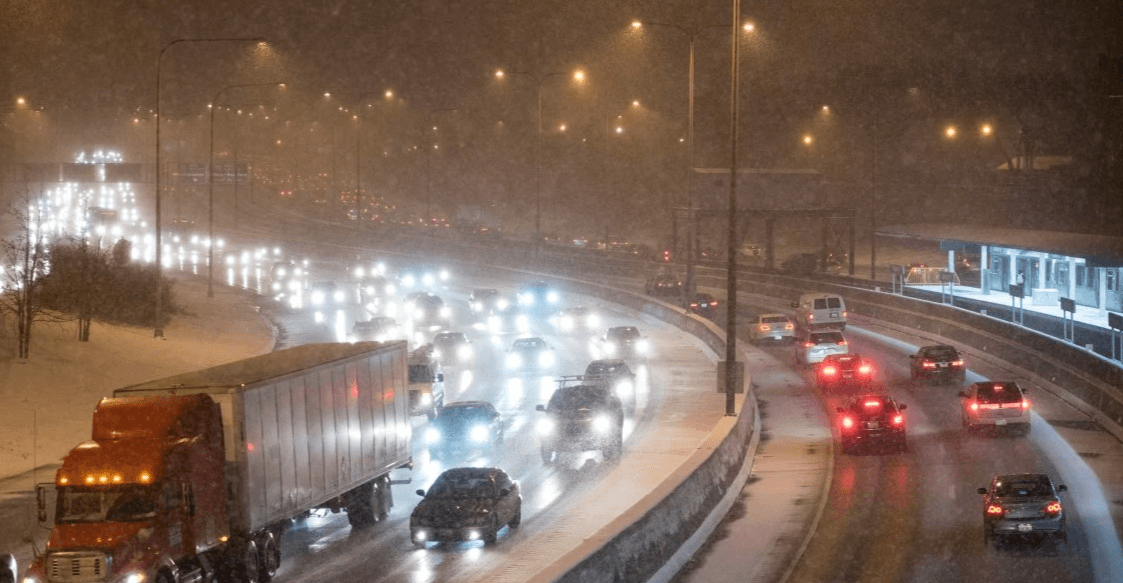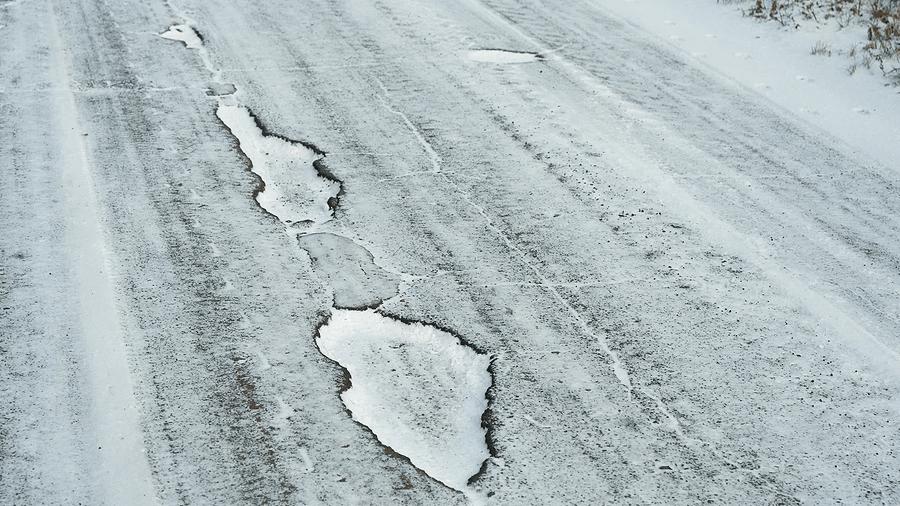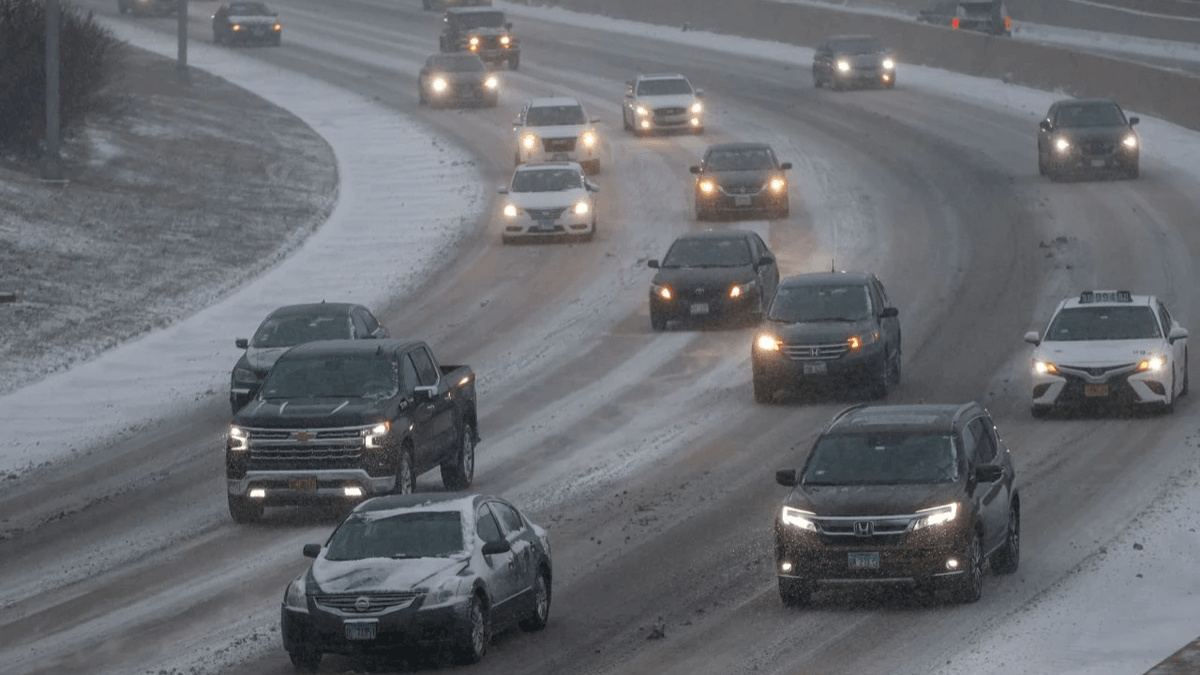At CKL Engineers, we know firsthand that winter weather is a serious challenge for the integrity, safety, and longevity of roads and bridges. Whether it's black ice, blinding blizzards, or the brutal freeze-thaw cycles of the Midwest, winter wa stress transportation infrastructure in ways that demand thoughtful design, vigilant maintenance, and responsive engineering.
Here’s how winter weather affects the systems we rely on every day, and how engineers prepare for it.
Freeze-Thaw Cycles: The Silent Destroyer

One of the most damaging winter phenomena is the freeze-thaw cycle. Water seeps into cracks in the pavement or concrete structures, and when temperatures drop, it freezes and expands, widening the cracks and weakening the surface. As this happens repeatedly, small cracks can turn into potholes, surface spalling, and structural degradation. This is especially problematic in regions like Illinois, where daily winter temperatures often fluctuate above and below freezing. CKL Engineers incorporates materials and pavement designs that account for these cycles.
Snow and Ice: More Than a Safety Issue

Snow and ice create obvious driving hazards, but they also have long-term effects on infrastructure. The use of deicing salts can be corrosive, especially to bridge decks, expansion joints, and steel reinforcements. Chloride ions penetrate concrete and accelerate the corrosion of embedded steel, reducing structural capacity over time. That’s why modern design standards include corrosion-resistant materials, sealed joints, and improved drainage. CKL supports these designs on transportation projects to ensure bridges and elevated structures hold strong through harsh winters.
Also, cold temperatures can cause frost heave, where water in the soil beneath pavement freezes and expands, lifting the road surface. When the ice thaws, the pavement can settle unevenly, creating rough or unstable driving conditions. Engineers counter this by using sustainable techniques to design roads that remain smooth and stable in winter conditions.
Winter Wear and Tear: Accelerated Pavement Aging

Winter weather often brings unpredictable storms, requiring quick response and flexible planning. Infrastructure must not only withstand the cold but also support emergency vehicle access, detour routes, and reliable traffic flow in rapidly changing conditions. Snowplows, tire chains, and increased use during winter storms all accelerate pavement wear and aging. Additionally, plows can damage surface markings, curbs, and roadway features, requiring more frequent maintenance.
At CKL Engineers, we help agencies plan for lifecycle costs and preventive maintenance to extend pavement life, even under punishing winter traffic conditions. Our project experience includes supporting agencies with construction staging, detour planning, and field inspections during inclement weather. In partnership with IDOT and local governments, we ensure that roads and bridges stay operational and safe when winter strikes hardest.
Building for Winter, Designing for Durability

At CKL Engineers, our work helps mitigate the impact of winter on our infrastructure. Our team brings a proactive approach to civil design, integrating winter-resilient strategies into the earliest phases of planning. Whether it’s selecting materials, designing for drainage, or collaborating with maintenance teams, we believe that durable infrastructure is sustainable infrastructure.
